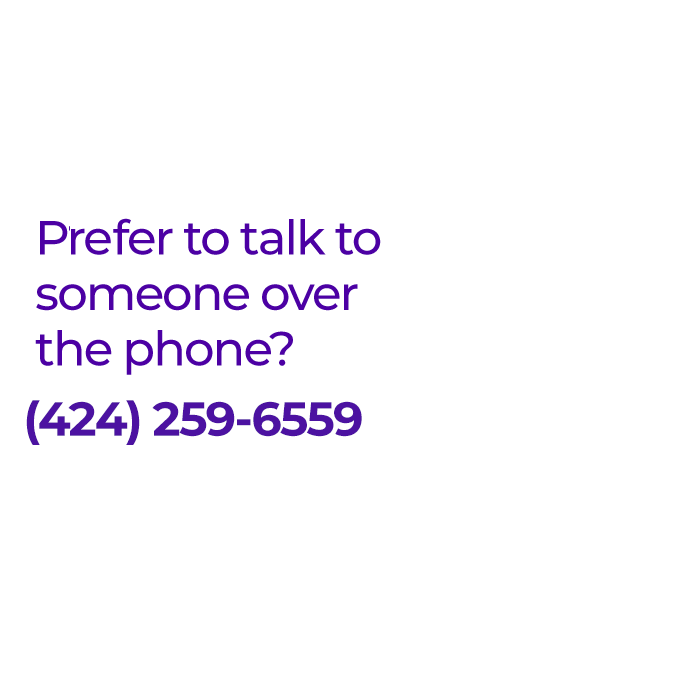Insomnia is one of the most common sleep disorders, and it is certainly one that we do not understand well. At its core, insomnia typically includes difficulty falling asleep or staying asleep. There used to be various subtypes of insomnia that were simplified to these core elements in the 2014 International Classification of Sleep Disorders, Third Edition.
Although I am Board-certified in Sleep Medicine, my main exposure to insomnia is when it occurs in patient who also have obstructive sleep apnea or snoring. Studies have suggested that at least 30% of patients with obstructive sleep apnea have insomnia symptoms, although a true diagnosis of insomnia requires that difficulty sleeping is not explained by another sleep disorder. Because obstructive sleep apnea can lead to sleep disruption and full awakenings, many patients who have both obstructive sleep apnea and insomnia see their insomnia clear up with obstructive sleep apnea treatment.
Why it matters if someone has both sleep apnea and insomnia
Insomnia can make it more challenging to tolerate some treatments for obstructive sleep apnea. For example, someone may find it especially difficult to tolerate positive airway pressure therapy (such as CPAP) if they already have trouble sleeping. It turns out that my experience with Inspire Medical’s Upper Airway Stimulation is similar. The Upper Airway Stimulation system is turned on with a remote control, and we can set many parameters, including the start delay in having the system come on at the beginning of the night (after turning on the system) and the pause time (for example, if someone gets up to use the restroom during the night). Studies show that Upper Airway Stimulation does not wake people up from sleep once they get used to it. However, if they have substantial difficulty falling asleep or (especially) staying asleep, it can be difficult to know how to set the start delay and pause times so that they still get enough time with the system on to treat their sleep apnea.
At the recent American Academy of Otolaryngology–Head and Neck Surgery Annual Meeting last month, one of my talks considered the challenges of treating patients with both obstructive sleep apnea and insomnia using Upper Airway Stimulation. Our experience at the USC Sleep Disorders Center has been that insomnia is the most important factor limiting how much benefit patients achieve with Upper Airway Stimulation. At the May 2017 International Surgical Sleep Society meeting we held in Los Angeles, a few of us who use Inspire often came together in a discussion group. I raised this issue about insomnia and was reassured that others had similar experiences, once they started thinking back about their patients who did not do quite as well with Upper Airway Stimulation.
What should we do with sleep apnea and insomnia?
When I see a patient with both obstructive sleep apnea and insomnia, I need to make the decision to treat both at the same time or focus initially on just one of them. This involves judgment about the results of clearing up one of these and whether treatment of each one will be straightforward or complex. Obviously, I involve patients in the decision making process. For insomnia treatment, I prefer avoiding sedative medications (and certainly avoid commonly-used diphenhydramine, or Benadryl). Instead, I start with the basics of the “rules” of sleep hygiene, including:
- Exercise regularly but not within 3 hours of bedtime
- Do not take a bath or shower within 2 hours of bedtime
- No reading, watching TV, or using the computer or electronic devices in bed
Studies have shown that sleep hygiene, by itself, is not helpful for most patients with insomnia. However, they may be a good place to start if someone has poor sleep hygiene. Studies have shown that the most consistent results are seen with cognitive behavioral therapy for insomnia, a multidimensional approach that incorporates the techniques of stimulus control, sleep restriction, biofeedback, and cognitive control. There are relatively few sleep medicine physicians or psychologists that have focused in this area, at least compared to the huge number of patients with significant insomnia. The challenge has always been that insomnia treatment requires regular (weekly or almost weekly) visits, making it a challenge for patients and physicians alike. At USC, Dr. Vincent Grbach is one of our sleep medicine physicians who has a real interest in treating patients with insomnia, so we are fortunate to have him as a resource. What is unique about Vince’s approach is his ability to focus his efforts, allowing many patients to get through a program in as few as 3 visits.
There is no substitute for the personal touch, so I refer patients to Dr. Grbach if they are able to make the appointments. However, in this age of technology, there is the option of Internet-based cognitive behavioral therapy for insomnia. The most-recognized program is available at Sleepio.com, a program developed by Dr. Colin Espie, one of the world’s experts in insomnia. Utilizing information that a patient provides about their own sleep patterns, this program can guide a patient through cognitive behavioral therapy in the comfort of their own home–of course at a convenient time. There is a video at the bottom of this page developed for health professionals that explains the program in greater detail. There are other programs available online, and there are multiple randomized trials showing real benefit to these programs.
(NOTE: I have no financial connection to Sleepio.com or any related company.)




71 − 66 =